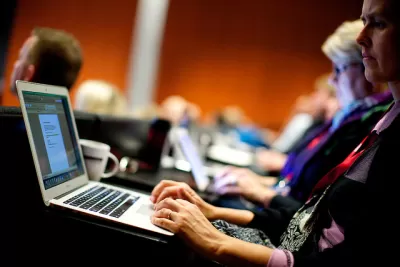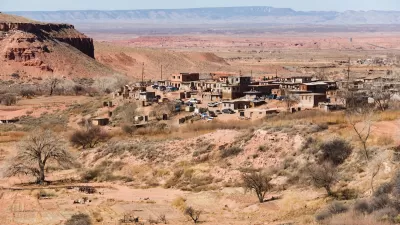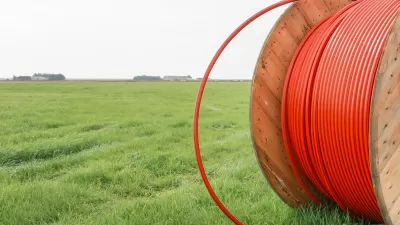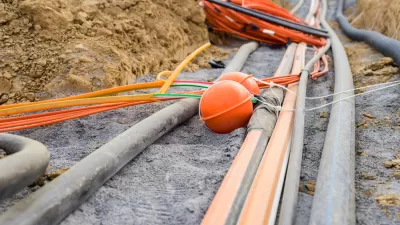Rural Alaska has some of the least reliable and slowest internet connections in the country, but new cable infrastructure in the Arctic Sea is changing that.

Nome, Alaska’s schools classes are getting new video-taught classes, something that would have been borderline impossible a year ago. Isolated Alaskan schools lack the staffing and resources to provide some of the lessons students could get in other parts of the country, in part because they can have slow, unreliable internet.
"Nome and two other school districts in northwestern Alaska are pioneering a high-speed fiber-optic cable connection that has the potential to transform how education is delivered in the state—and shrink a connectivity gap between rural Alaska and the majority of American schools," Mareesa Nicosia writes for the Hechinger Report. Nome is not the only Alaskan town with slow internet connections. "Alaska ranks last in the nation in the percent of its school districts meeting the minimum internet-speed targets set by the Federal Communications Commission, according to the nonprofit EducationSuperHighway," Nicosia reports.
This new infrastructure is being made possible in part because of global warming. As Arctic sea ice melts, it’s become possible to install fiberoptic cable connections. "In March, Nome Public Schools became the first school district to connect to the cable, officials said; over the summer, the neighboring North Slope Borough and Northwest Arctic Borough school districts joined as well," Nicosia writes. Private equity is building this infrastructure with the hopes of eventually connecting Alaska to Asia, but in the meantime rural Alaskan schools are benefitting from the new infrastructure.
FULL STORY: Alaska schools pay a price for the nation’s slowest internet, but change is coming

Planetizen Federal Action Tracker
A weekly monitor of how Trump’s orders and actions are impacting planners and planning in America.

Congressman Proposes Bill to Rename DC Metro “Trump Train”
The Make Autorail Great Again Act would withhold federal funding to the system until the Washington Metropolitan Area Transit Authority (WMATA), rebrands as the Washington Metropolitan Authority for Greater Access (WMAGA).

The Simple Legislative Tool Transforming Vacant Downtowns
In California, Michigan and Georgia, an easy win is bringing dollars — and delight — back to city centers.

The States Losing Rural Delivery Rooms at an Alarming Pace
In some states, as few as 9% of rural hospitals still deliver babies. As a result, rising pre-term births, no adequate pre-term care and "harrowing" close calls are a growing reality.

The Small South Asian Republic Going all in on EVs
Thanks to one simple policy change less than five years ago, 65% of new cars in this Himalayan country are now electric.

DC Backpedals on Bike Lane Protection, Swaps Barriers for Paint
Citing aesthetic concerns, the city is removing the concrete barriers and flexposts that once separated Arizona Avenue cyclists from motor vehicles.
Urban Design for Planners 1: Software Tools
This six-course series explores essential urban design concepts using open source software and equips planners with the tools they need to participate fully in the urban design process.
Planning for Universal Design
Learn the tools for implementing Universal Design in planning regulations.
Smith Gee Studio
City of Charlotte
City of Camden Redevelopment Agency
City of Astoria
Transportation Research & Education Center (TREC) at Portland State University
US High Speed Rail Association
City of Camden Redevelopment Agency
Municipality of Princeton (NJ)





























